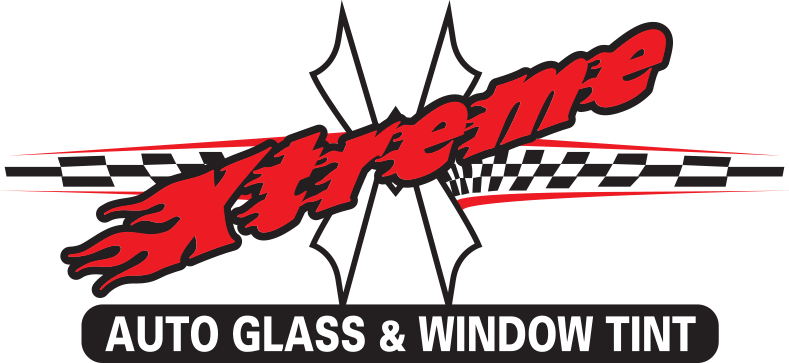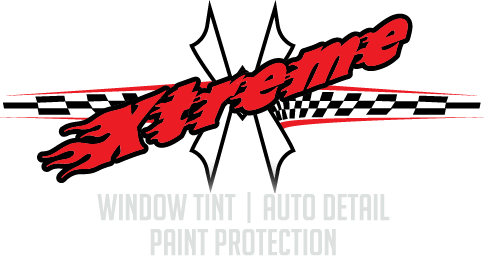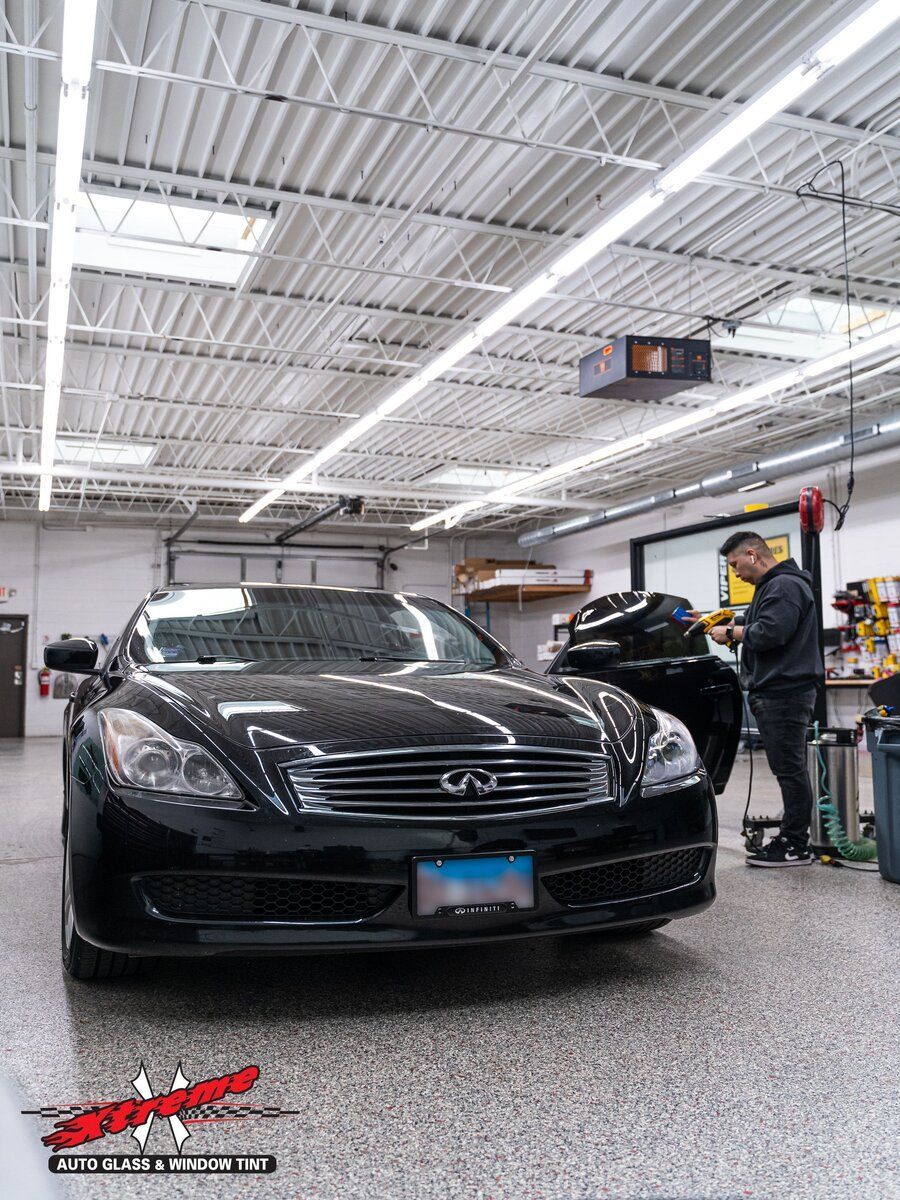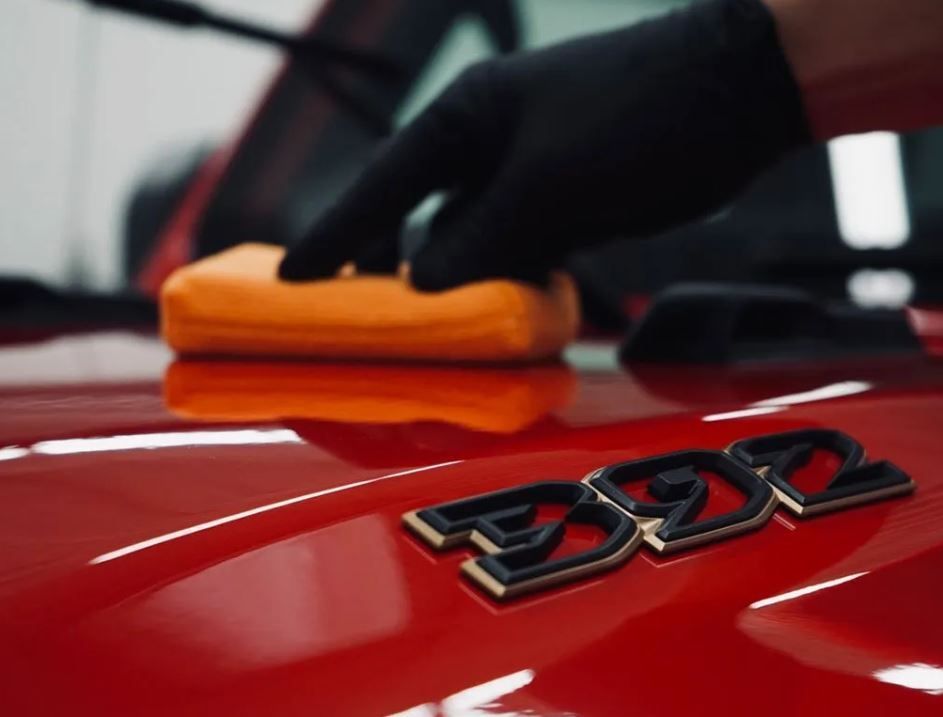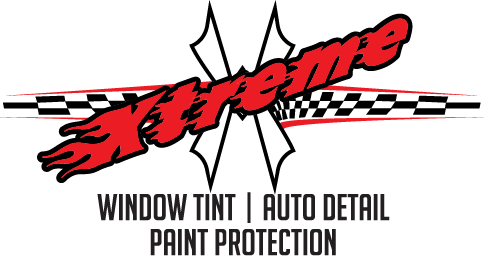In the world of automotive care, the longevity and aesthetic appeal of your vehicle's paintwork play a crucial role in maintaining its overall value. The road, weather, and various environmental factors pose constant threats to the pristine end of your car. This is where Paint Protection Film (PPF) shines, working as an undetectable shield against chips, scratches, and environmental damage. However, the effectiveness of PPF relies heavily on its proper application. In this blog post, we delve into the key factors that contributed to the success of a paint protection film application.
Selecting Appropriate Paint Protection Products and Materials
When it comes to applying paint protection film (PPF), selecting the right products and materials is crucial for achieving effective and long-lasting results. The market offers a variety of PPF options, each with different features and performance characteristics. It is essential to consider factors such as durability, clarity, self-healing properties, and ease of installation. Researching reputable brands and consulting with professionals in the industry can help you make an informed decision.
Considering the type of vehicle and desired finish
Different vehicles have varying shapes, sizes, and surface materials that can influence the application process of paint protection film. For example, applying PPF to a luxury sports car with complex curves may require specialized techniques to ensure a seamless installation. Conversely, larger vehicles, such as trucks or SUVs, might need broader coverage to protect exposed areas prone to damage.
Additionally, it's crucial to consider your desired finish when selecting a paint protection film. Some films have a glossy finish that enhances the appearance of your vehicle's paint, while others offer a matte or satin finish for a more subdued look. Understanding your preferences will help you choose the right type of film that aligns with your aesthetic goals.
Pre-application Procedures for Paint Protection Film
Before diving into the actual application process of paint protection film, there are some crucial pre-application procedures that need to be followed diligently. These procedures lay the foundation for a successful and long-lasting installation.
First and foremost, it is essential to thoroughly clean and prepare the surface of the vehicle. This involves removing any dirt, debris, or wax from the areas where the film will be applied. Failure to adequately clean the surface can result in poor adhesion and an overall subpar finish.
Additionally, inspecting the vehicle for any existing damage or imperfections is crucial. Any scratches, dings, or chips should be addressed before applying the film to ensure a smooth and flawless final result. It's recommended to rectify these issues with professional touch-up or repair services to achieve optimal results.
Vehicle preparation and surface cleaning
Proper vehicle preparation is key to achieving a seamless and long-lasting paint protection film application. To start, make sure your vehicle is parked in a suitable environment with adequate lighting. Working in a well-lit area allows for better visibility when positioning and aligning the film.
The first step in the surface cleaning process involves washing the entire vehicle with a mild car wash solution. Use a microfiber wash mitt or sponge to gently scrub away any dirt or grime. Pay close attention to areas where the film will be applied, such as exposed panels and vulnerable areas prone to debris accumulation.
Once washed, thoroughly rinse off all soap residue with clean water and use a microfiber cloth or chamois to remove excess water. Avoid using abrasive materials that could scratch the surface, such as sponges or towels with rough fibers.
After drying the vehicle, proceed with a comprehensive surface cleaning using a dedicated paint cleaner or isopropyl alcohol. This step ensures the removal of any residual contaminants, oils, or substances that could hinder the proper adhesion of the paint protection film.
Remember to use lint-free and non-abrasive clothes for this cleaning process to prevent any scratches or damage to the vehicle's finish. It is essential to be thorough and meticulous in this step, as even small particles or impurities can affect the overall quality and performance of the film.
A Detailed Step-by-Step Guide to Paint Protection Film Application
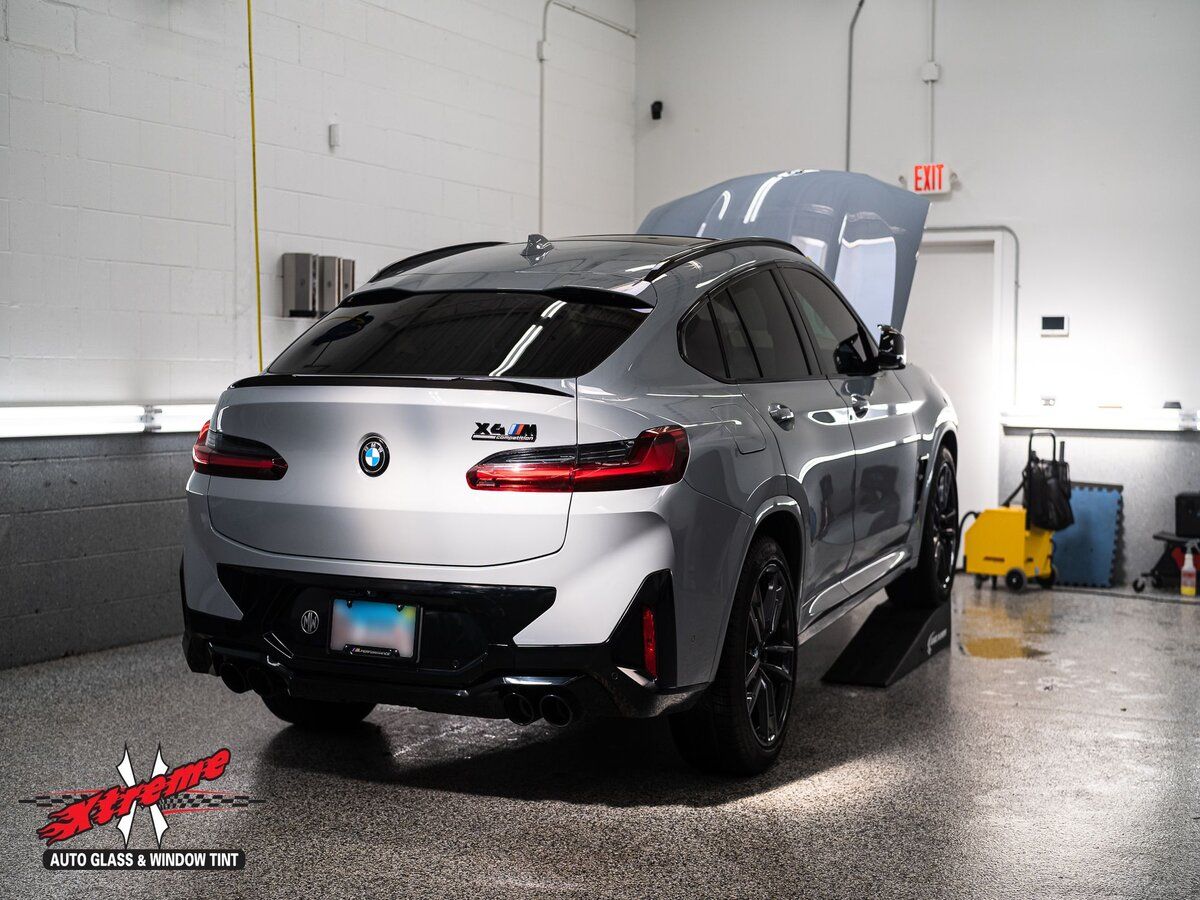
When it comes to applying paint protection film (PPF), a meticulous and systematic approach is essential for optimal results. Here is a detailed step-by-step guide to help you navigate through the application process:
- Preparation: Start by thoroughly cleaning and drying the vehicle's surface to remove any dirt, wax, or debris that could interfere with adhesion. Use a mild detergent or automotive cleaner along with a soft microfiber cloth or sponge.
- Measure and Cut: Measure and cut the PPF sheets according to the specific areas of the vehicle that require protection. Ensure accuracy by using templates or pre-cut patterns designed for your vehicle model.
- Wet Application Technique: To facilitate proper alignment and prevent immediate adhesion, apply a mixture of water and soap to both the vehicle surface and the adhesive side of the PPF sheet. This allows for adjustments during the installation.
- Positioning: Carefully position the PPF sheet onto the desired area, making sure it aligns with the contours of the vehicle. Use a squeegee or your hands to smooth out any bubbles or wrinkles as you go along.
- Trimming Excess Film: Once the PPF is securely positioned, trim off any excess film using a sharp blade or knife. Take caution during this step to avoid cutting into the vehicle's paintwork.
- Smoothing Techniques: Apply pressure evenly using a clean squeegee, starting from the center of the PPF sheet and working towards the edges. This helps to remove any remaining bubbles or air pockets and ensures strong adhesion.
- Heat Activation: Applying gentle heat to certain areas of the PPF can improve conformability, especially around curves or complex shapes. Use a heat gun or dryer on a low setting to warm up the film while continuing to use smoothing techniques for proper bonding.
Applying the film and smoothing techniques
Applying paint protection film requires a delicate touch and attention to detail. The key to achieving a seamless finish lies in utilizing effective film application and smoothing techniques. Let's explore some of these essential practices:
- Squeegee Method: When using a squeegee, apply moderate pressure while ensuring even distribution across the film surface. Maintain a steady motion to avoid creating wrinkles or lifting the film from the surface.
- Microfiber Cloth Technique: For smaller areas or intricate parts of the vehicle, such as mirrors or door handles, gently press the film using a clean microfiber cloth. This technique allows for precise control and reduces the risk of scratching or damaging the film.
- Multiple Passes: To achieve optimal adhesion and minimize any potential air pockets or bubbles, make multiple passes with the squeegee or cloth. Gradually work your way from one end of the film to the other, focusing on different angles and sections for thorough coverage.
- Using Heat: Proper heat application can significantly enhance the PPF installation process. Employ a heat gun or dryer on low settings to warm up the film during smoothing, ensuring it conforms smoothly to various curves and contours.
Remember that every vehicle may have unique challenges during film application, so adapt these techniques accordingly. Taking your time, practicing patience, and paying close attention to detail are crucial for achieving professional-quality results.
Post-installation care and maintenance
Proper care and maintenance are crucial to ensuring its longevity and effectiveness in protecting your vehicle's paint. Taking the time to follow these post-installation care steps will help maximize the benefits of your investment.
- Give the film some time to cure after installation. It is recommended to avoid washing or exposing the vehicle to extreme conditions for about 48 hours. This allows the adhesive to bond fully with the surface, ensuring optimal performance.
- It's important to establish a regular cleaning routine. Regularly washing your vehicle will prevent dirt, grime, and contaminants from adhering to the film, maintaining its clarity and appearance. Use a pH-neutral car wash soap and a soft microfiber cloth or sponge to gently clean the surface.
While regular cleaning is essential for preserving the appearance of your paint protection film, there are additional cleaning tips and longevity measures you can take to further enhance its performance.
Cleaning tips and longevity measures
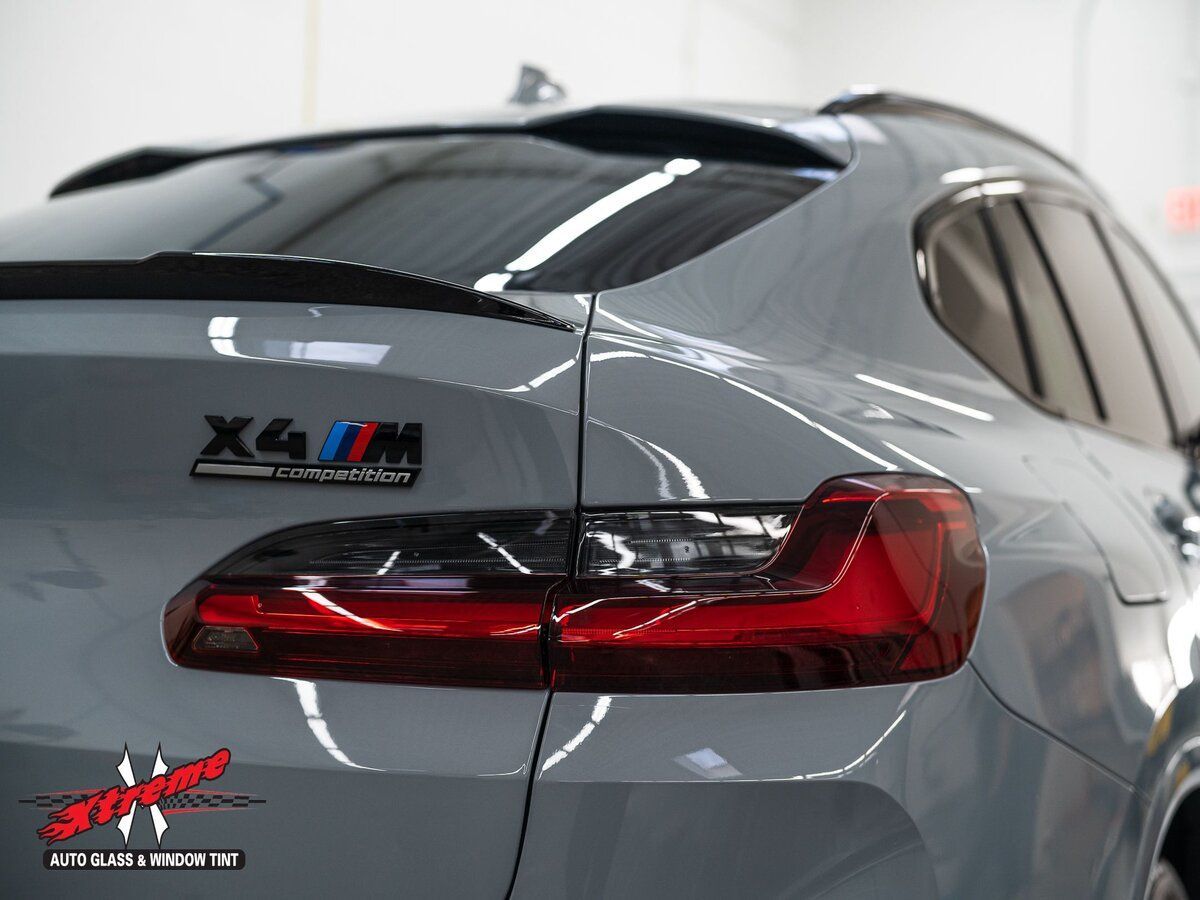
To extend the life of your paint protection film, consider these cleaning tips and longevity measures:
- Avoid using abrasive cleaners or tools that could scratch or damage the film. Stick to gentle cleaning methods using mild products specifically formulated for automotive surfaces.
- When drying your vehicle, use a clean microfiber towel or soft cloth to avoid scratching the film. Pat dry rather than rubbing vigorously.
- Waxing is generally not necessary for paint protection films; however, some films may benefit from a specialized protective coating designed for their specific brand. Consult with professionals or refer to manufacturer recommendations regarding any additional treatments.
- Be mindful of parking under trees where sap, bird droppings, or other potential contaminants can fall onto the film. Promptly remove any spills or stains to prevent them from causing damage if left unattended.
- When driving through automated car washes, choose the touchless option to minimize the risk of brushes or equipment damaging the film.
Remember, proper care and maintenance are essential to preserving the appearance and longevity of your paint protection film. By following these tips, you can enhance performance and ensure your investment continues to protect your vehicle's paint for years to come.
Why Choose Xtreme Auto Glass & Window Tint?
Xtreme Auto Glass & Window Tint brings years of experience and expertise to the realm of
paint
protection film. Our team comprises skilled professionals who understand the intricacies of PPF application, ensuring precision and perfection in every project. We invest in cutting-edge technology to deliver exceptional results. Our advanced equipment ensures that the PPF fits your vehicle's contours seamlessly, providing maximum coverage without compromising its aesthetic appeal. Book now!
